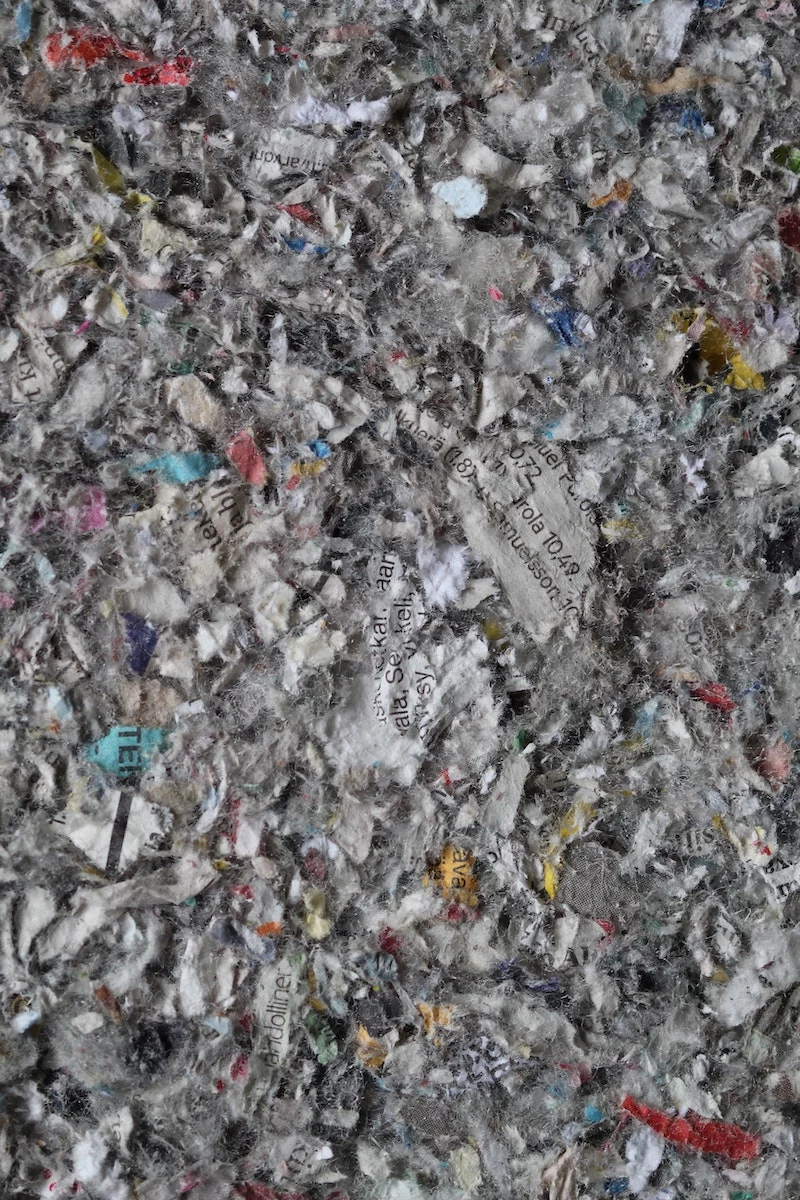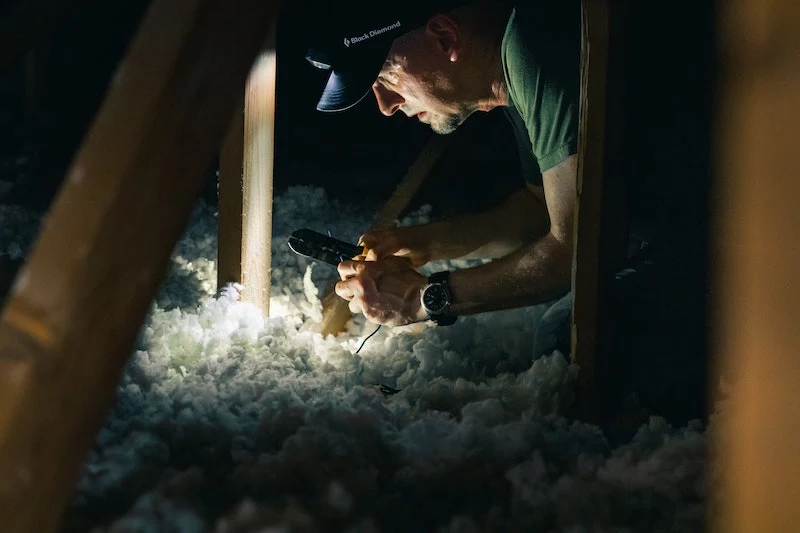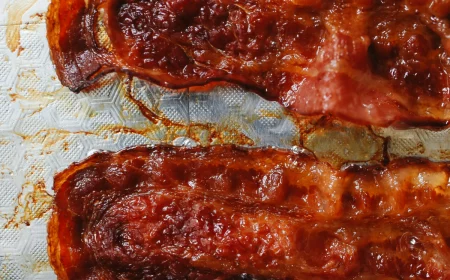What To Look for When Distinguishing Between Cellulose & Asbestos Insulation?
There are several alternatives available when it comes to insulation. Insulation made of cellulose and asbestos is two of the most common varieties. But how are they different? Which is more advantageous for your home?
What are Asbestos Insulation and Cellulose Insulation?
Asbestos Insulation
Asbestos is a soft and bendable naturally occurring mineral. It is renowned for being heat and corrosion-resistant. Many older homes still have asbestos in the drywall, tiles, and attics. It is safe, nevertheless, as long as there are no wall cavities or other problems that could let it enter your living spaces. However, it leads to health risks if it is airborne.
Cellulose Insulation
Many resources, including recycled newspapers, hemp, cardboard, straw, and others, are used to make cellulose. Builders treat cellulose mixtures made from paper with boric acid to make them fire resistant.
The most common types are:
Dry Cellulose: Builders will blow cellulose into the wall through holes. They might even seal cracks in the walls with it.
Wet Spray Cellulose: This is frequently used by builders on newly built walls. Adding water during the spraying process is the primary difference between wet spray and dry cellulose. To prevent heat loss, it offers a better seal.
How are the two different?
They appear to be the same when inspected if you are familiar with the various ingredients. Vermiculite insulation has many similar issues as other types of insulation, despite the fact that it is far more difficult to tell if asbestos is inside.
The best way is to maintain distance while seeking professionals’ help to take specific samples and establish whether it contains asbestos. If asbestos is found, it is advised to either remove it or implement an asbestos management strategy with professionals like Asbestology.
Regarding the other dissimilarities, there is no question that asbestos and insulating products containing asbestos are hazardous and should be avoided. It is advisable to employ experienced contractors to inspect your building and make the necessary improvements to decrease or eliminate the possibility of contamination and exposure if you are unsure whether your structure has asbestos.
Which type of insulation would suit your home?
Making the right choice when it comes to insulation is a must. While there are many forms of insulation, asbestos and cellulose are the two most used. We’re going to lay out the facts, so you can make an easier choice.
Cellulose insulation uses materials like papers and newspapers that have been recycled. It’s used in attics and can help save on energy costs. This increases the home’s energy efficiency. However, this type of insulation can be vulnerable to damage from moisture and will deteriorate as the time goes by.
When it comes to asbestos insulation it uses fibrous materials that come from minerals and rocks. This insulation has a big capacity to withstand heat transfer. However, this insulation does hold some health risks without proper management and not all nations are okay with it. Make sure to check your country’s regulations.















